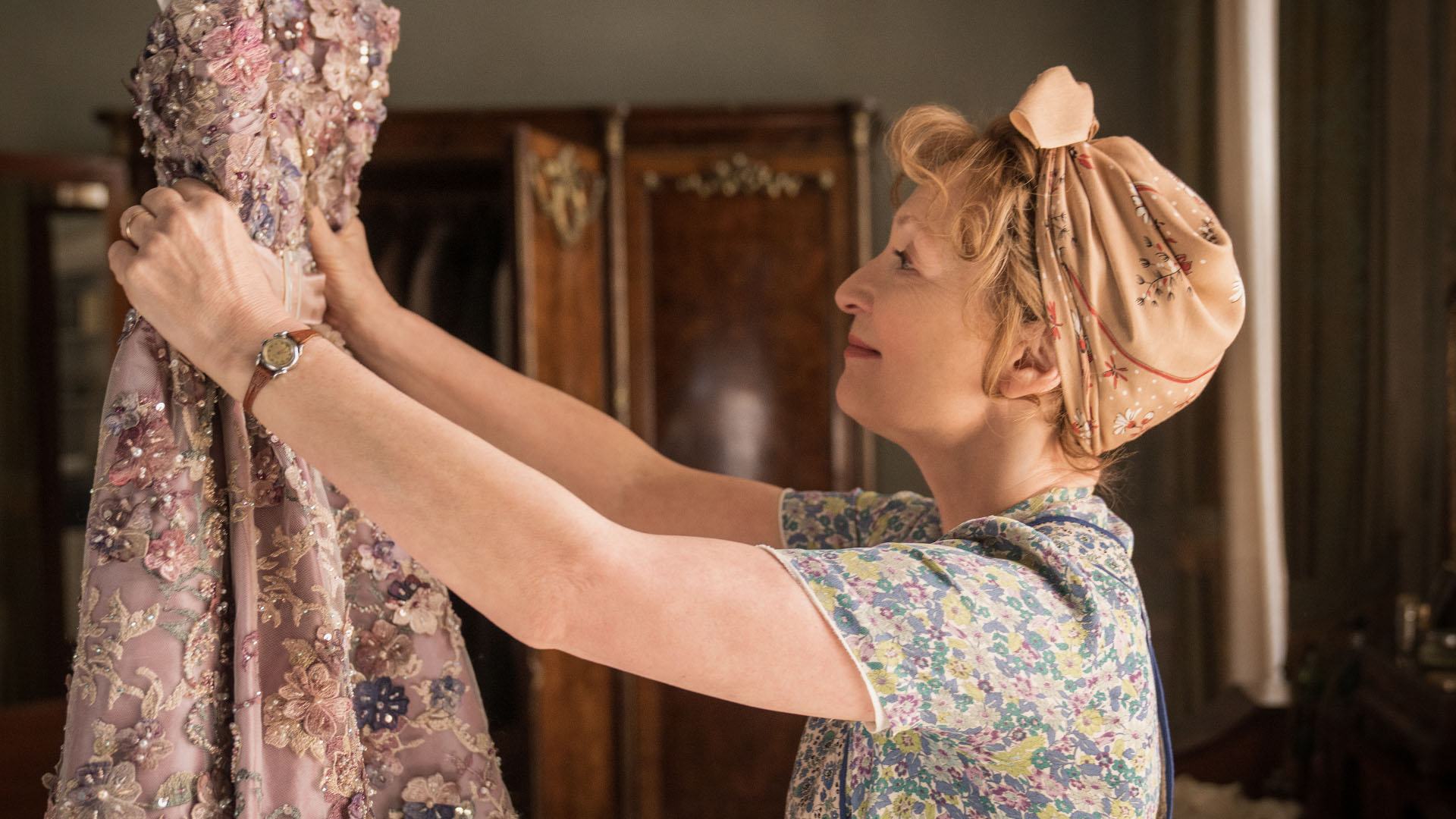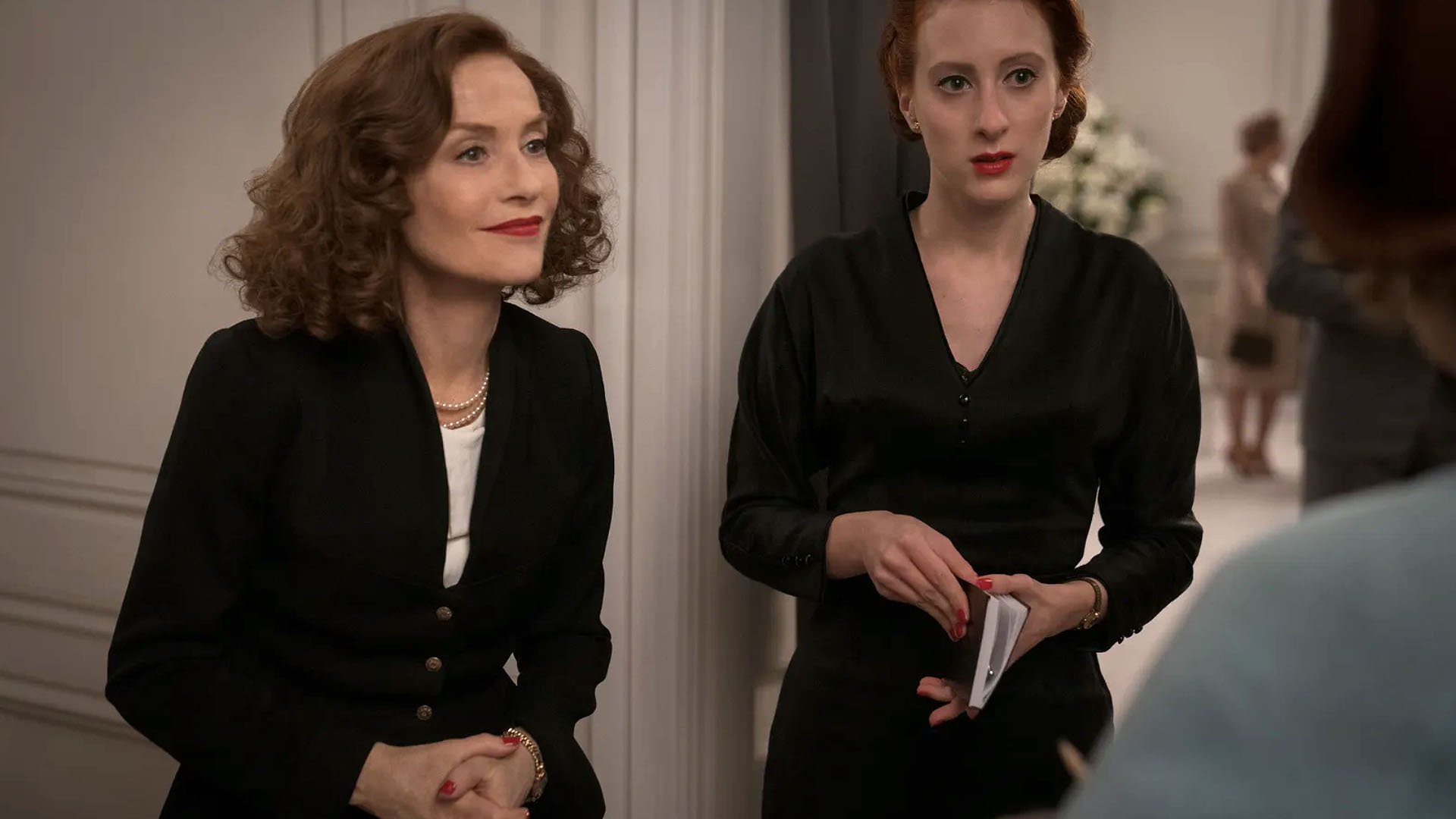Much like Paddington, Mrs. Harris Goes to Paris offers a pleasant and much-needed British escape
The film is a return to simpler times, of a certain type of British manners embodied by the titular cleaning lady.

A widowed cleaning lady in the 1950s gambles everything to chase her dream of owning a Dior dress in Mrs. Harris Goes to Paris. It might be a little sickly, but there’s no harm in a treat every now and then, says Lillian Crawford.
Just what is it that makes Christan Dior’s gowns so different, so appealing? The legacy of the French fashion powerhouse is one that continues to this day, with the landmark ‘Designer of Dreams’ exhibition travelling the world, including London’s Victoria and Albert Museum. The problem with Dior, like many other haute couture designers, is that not everyone can afford a Dior dress. In fact, only the economic elite can pay the eye-watering price tags—as true today as it was in Dior’s post-war heyday. And yet, the glitz and glamour makes no class distinctions, drawing duchesses into the siren call as much as their cleaning ladies.
One such woman is Mrs. Harris, a character created by American novelist Paul Gallico in 1958 and previously played by Gracie Fields and Angela Lansbury on television. For Mrs. Harris’s first cinematic outing, directed by Anthony Fabian, the role has gone to Lesley Manville whose embodiment of the unassuming and outspoken British working class has often enriched the films of Mike Leigh among others. It’s a far cry from her performance in Paul Thomas Anderson’s Phantom Thread, similarly about the allure of haute couture, in which she plays the understatedly domineering sister to designer Reynolds Woodcock, played by Daniel Day-Lewis.
Yet Phantom Thread and Mrs. Harris Goes to Paris have some striking thematic similarities. Both films look at the post-war fashion industry at a time when styles are changing dramatically, and the major fashion houses began to identify the appeal of their style beyond high society. Mrs. Harris represents the everywoman, and by the end of the film she is encouraging Christian Dior himself to recognise her overwhelming desire just to own one of his dresses. The one she opts for, a stunning red number labelled simply ‘Temptation’, becomes a symbol of hope that she will go to anything to achieve.
One of the bastions of outmoded snobbery standing in Mrs. Harris’s way is Claudine Colbert, played by Isabelle Huppert in a jarring anglophone break from type. There’s something poetic in casting Huppert in a populist film like this compared to the more ‘arthouse’ French cinema she is best known for, mirroring the film’s own questioning of class divisions created by fashion. Her repartee with Mrs. Harris is always delightful, never allowing herself to be beaten into submission and reminding Claudine that their social standing is not at all dissimilar. The casting of such acting heavyweights as Manville and Huppert in these roles elevates the film to a higher plane than films of this ‘silver pound’ genre typically manage.

They are supported by a delightful supporting cast, including Lucas Bravo as André whose presence draws more than a passing similarity to Netflix’s Emily in Paris about the alienation of English-speakers amongst French society. He has a charming relationship with Dior model Natasha, played by Alba Baptista, comparing notes on the writings of existentialist Jean-Paul Sartre and his concept of the waiter of bad faith. It is perhaps an unfair comparison to Mrs. Harris’s cleaning job, but goes some way to encouraging Dior to look beyond one’s social position and vocation when determining who their products should appeal to.
The social commentary of Mrs. Harris Goes to Paris is hardly as neat as the pleats in a Dior skirt, but it gives the film sufficient heft to allow the film to function on a level deeper than its surface charms. In many ways, the film is a return to simpler times, of a certain type of British manners that endear one completely to the representational figure of Mrs. Harris. Much like Paddington or other delightful British family cinema, it’s a pleasant and much-needed escape from contemporary politics. It might be a little sickly, but there’s no harm in a treat every now and then.

























